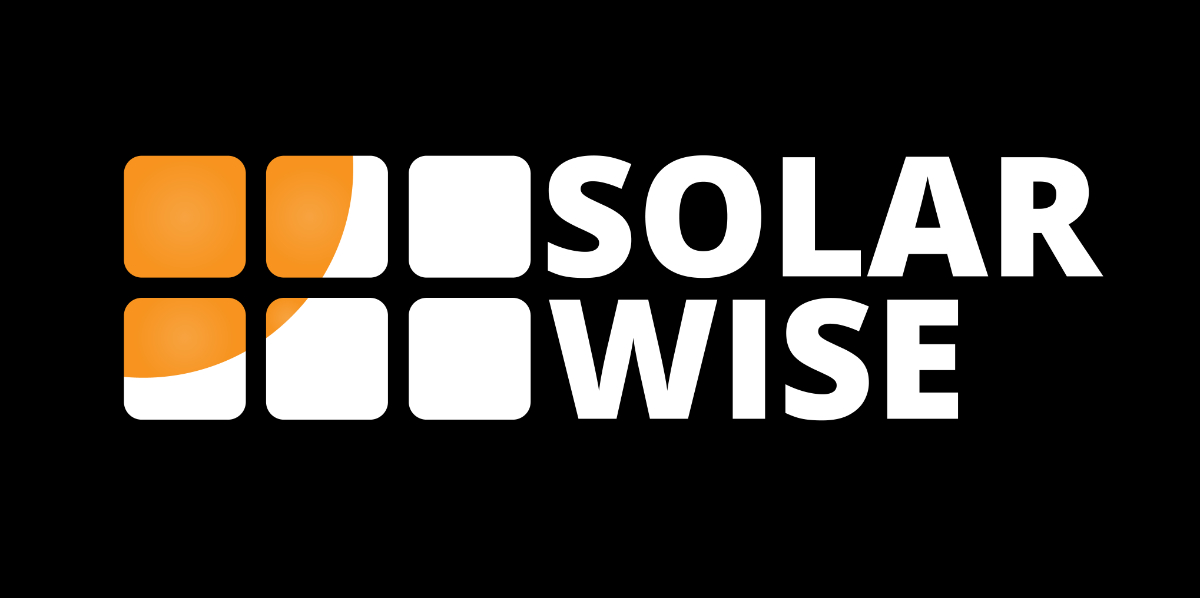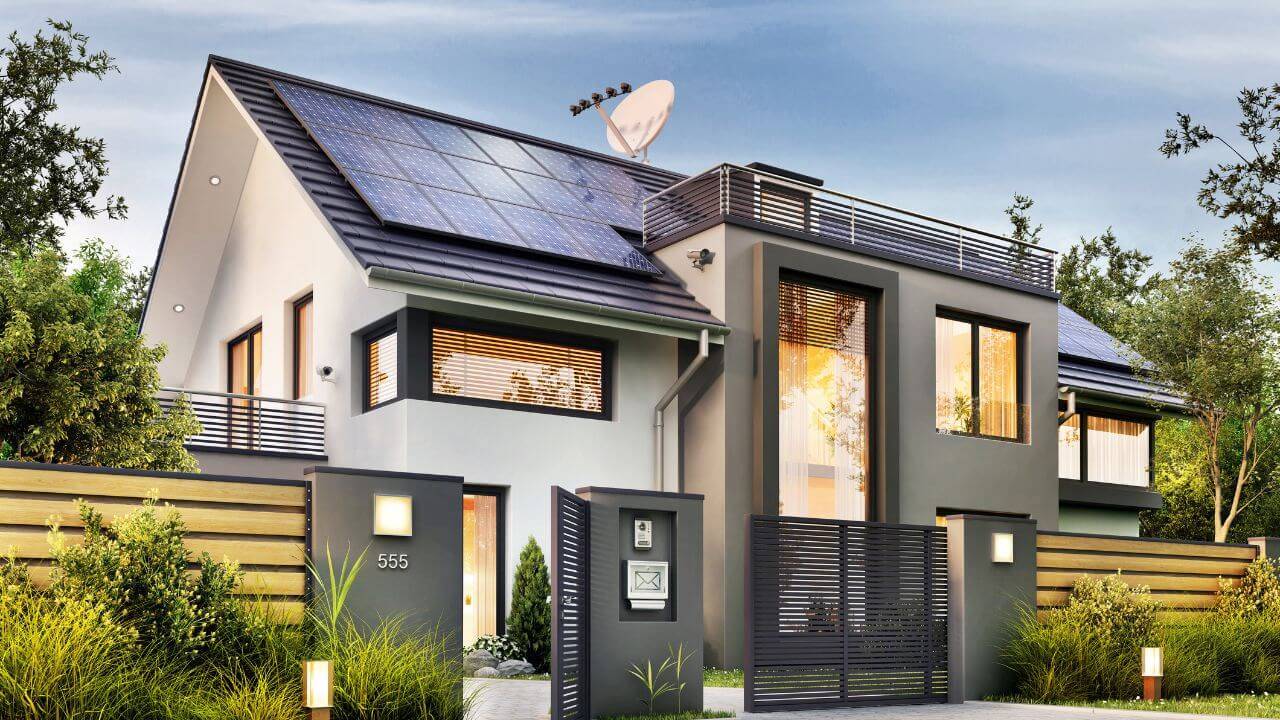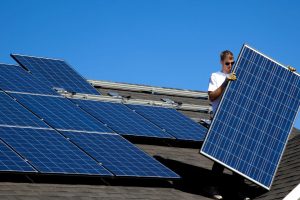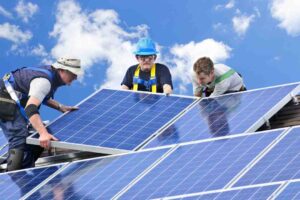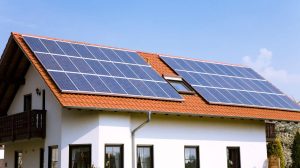Maximizing solar energy production has become paramount as our world increasingly embraces renewable energy sources. This article delves into innovative strategies and technologies that can help us harness the sun’s power more efficiently. From optimizing panel placement and design to incorporating smart grid systems and energy storage solutions, we explore the potential of solar energy to become a leading contributor to a sustainable, low-carbon future. Prepare to embark on a journey to illuminate the path toward a brighter, solar-powered world.
1. Optimal Solar Panel Orientation
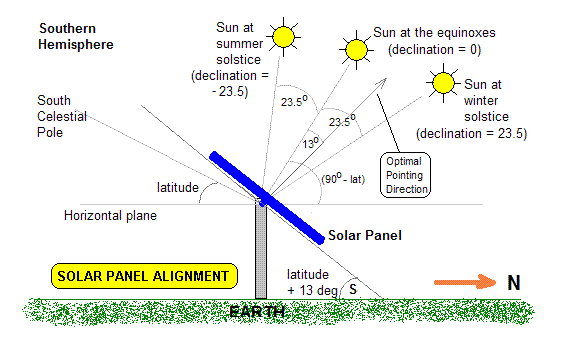
Credit: kosmossolar.com
Understanding the optimal orientation of solar panels is fundamental to maximizing solar power generation. By following the right advice, you can ensure that your solar installation conserves the environment and reduces energy bills significantly. Below, we’ve compiled some expert points and tips to guide you in this endeavor.
Geographic Location and Latitude
Understanding Sun Paths
Understanding the sun’s trajectory in your specific geographic location can significantly influence the optimal orientation of your solar panels. The general guideline is to align your solar panels towards the equator – facing them south in the northern hemisphere and north in the southern hemisphere.
Consider Your Latitude
Your geographical latitude plays a vital role in determining the tilt angle of your solar panels. Set your solar panel tilt angle to approximately equal to your geographical latitude for optimal results. This ensures maximum exposure to the sun’s rays throughout the year.
Roof Orientation and Angle
Roof Inclination
The inclination of your roof significantly influences optimal solar panel orientation. A roof angle equal to the location’s latitude usually offers the best performance for solar panels.
Solar Panel Direction
For residences with a flat roof, solar panels should ideally be installed at a tilt, providing an angle that complements the sun’s path to maximize energy absorption.
Shading Analysis
A comprehensive shading analysis is vital in avoiding potential obstructions like trees, nearby buildings, and other structures that can block sunlight and reduce the efficiency of your solar power system.
Key Takeaways
- Align your solar panels towards the equator to enhance energy production.
- Adjust the tilt angle of the panels according to your geographic latitude.
- Consider installing solar tracking systems for dynamic orientation adjustments.
- Conduct a thorough shading analysis to avoid potential obstructions.
Expert Tips
- Google Sunroof Project: Utilize tools like Google’s Project Sunroof for personalized solar savings estimation and optimal panel orientation suggestions.
- Local Solar Energy Consultants: Collaborate with local solar energy consultants to get insights and recommendations for optimizing solar panel orientation based on your location and property characteristics.
- Government Solar Incentives: Leverage government incentives and subsidies available in your region for installing solar panels.
Understanding and implementing the right solar panel orientation is pivotal in harnessing the optimal solar energy output. Armed with these insights, you’re now well-equipped to venture into the green energy frontier with confidence and expertise.
2. Tracking Systems
Solar tracking devices are specialized tools that allow solar panels to trace the sun’s journey across the sky, guaranteeing optimal sunlight exposure throughout the day. You’ll find these devices predominantly in single- and dual-axis tracking variants. Single-axis trackers pivot on one axis, usually aligned from north to south, directing the panels to keep pace with the sun moving from east to west. On the other hand, dual-axis trackers can move in two different directions, letting the panels align both vertically and horizontally to harness sunlight with greater effectiveness. By employing solar tracking devices, solar setups can sustain the best possible angle relative to the sun, considerably boosting energy yield and overall performance compared to stationary tilt systems.

Credit: solarreviews.com
3. Site Selection
Selecting the ideal location for solar installations is required in optimizing energy production. The site must be carefully assessed to ensure maximum sunlight exposure, considering geographic location, local climate, and solar resource availability. Regions with higher solar irradiance, consistent sunlight hours, and advantageous weather conditions are typically more suited for solar energy generation.
It is equally important to consider the physical layout of the installation site to minimize shading caused by nearby structures, trees, or other obstacles. Shading can significantly reduce solar panel performance, decreasing energy output and overall system efficiency. Proper planning, including shade analysis tools and sun path diagrams, can help identify potential shading issues and inform the design of the solar installation. Weighing these factors, solar energy systems can be strategically placed to harness the maximum potential of sunlight, leading to enhanced performance and greater energy production.
4. Regular Maintenance
Sustaining optimal solar energy production demands a consistent approach to the upkeep of solar panels and associated equipment. Over time, dust, dirt, and debris can accumulate on solar panels, negatively exploiting their efficiency and overall energy output. Regularly cleansing the panels can mitigate this loss of efficiency, allowing the system to operate at its full potential.
Moreover, preventive maintenance plays a vital role in ensuring the long-term performance of a solar energy system. Regularly inspecting the system components allows potential issues to be identified and addressed before they escalate into more significant problems. This farsighted approach to maintenance not only helps extend the equipment’s lifespan but also ensures that the system continues to produce energy at optimal levels, ultimately maximizing the benefits of solar energy production.
5. Energy Storage Solutions
Integrating energy storage solutions, especially battery storage systems, is a fundamental strategy for maximizing solar energy production. Solar panels usually generate excess energy during peak sunlight hours, which, without storage, could go unused. Battery storage systems capture this surplus energy, allowing it to be utilized during periods of low sunlight or high energy demand. This ensures that clean, renewable solar energy is available even when the sun is not shining.
In addition to battery storage, energy management systems are crucial in optimizing energy consumption. These systems enable load shifting, which refers to the strategic distribution of energy consumption throughout the day to match the availability of solar energy. By balancing energy demand with solar production, energy management systems promote smoother integration of solar power into the grid. This synergy between storage and management enhances solar energy systems’ efficiency and reliability.
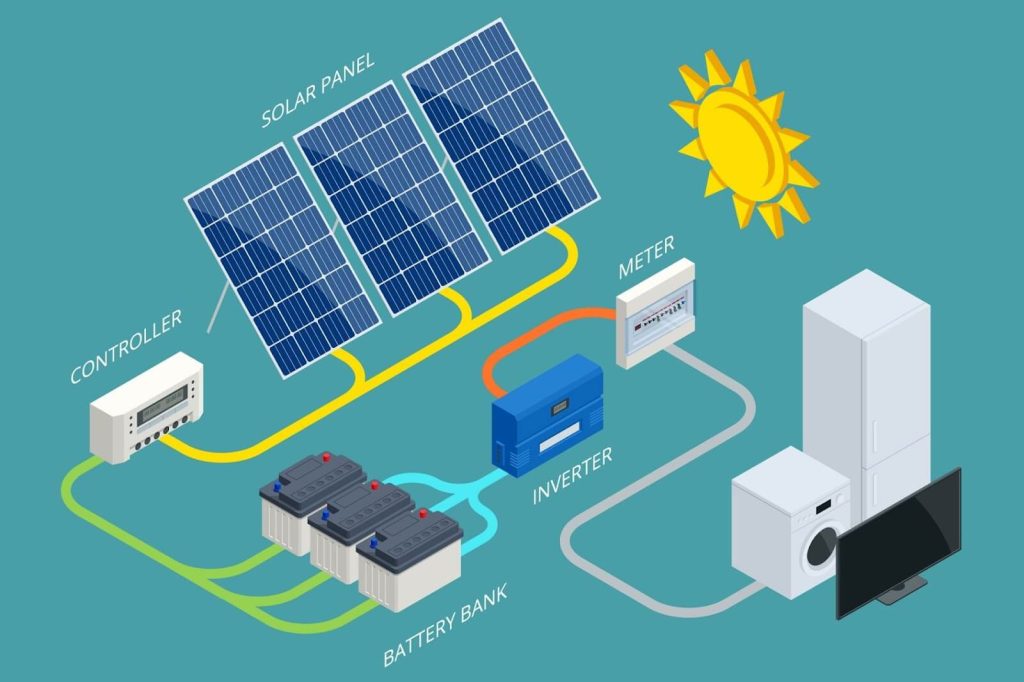
Credit: sunlightsolar.com
6. Technological Advancements
Let us embark on a voyage to understand the technological advancements in solar energy lighting the path to a cleaner tomorrow.
Enhanced Solar Cell Efficiency
- Perovskite Solar Cells: Perovskite solar cells are a significant leap in solar technology. The efficiency rate of these solar cells is higher, and manufacturing costs are lower. Integrating perovskite layers into silicon cells, known as tandem cells, is paving the way for achieving unprecedented efficiency levels.
- Bifacial Solar Panels: These panels can harness sunlight from both sides, increasing energy yield and making optimum use of available space. Bifacial technology is witnessing continual enhancements, with developments focusing on improving its durability and performance.
Artificial Intelligence (AI) and the Internet of Things (IoT)
- Predictive Analytics: AI and machine learning predict energy output based on historical data and weather patterns. This predictive analytics approach helps in optimizing the solar energy production process.
- Remote Monitoring and Maintenance: IoT has revolutionized the monitoring and maintenance of solar installations. Through remote monitoring, operators can ensure optimum performance and quickly identify and address issues, reducing downtime and increasing efficiency.
Building-Integrated Photovoltaics (BIPV)
BIPV integrates solar cells into building structures, such as windows and facades, offering a harmonious blend of architectural aesthetics and energy efficiency. This innovative approach promotes the concept of green buildings, taking a step towards sustainable urban development.
In the burgeoning world of renewable energy, keeping pace with these advancements is beneficial and essential. From homeowners looking to make a sustainable choice to businesses aiming to reduce their carbon footprint, understanding the latest trends in solar technology can help make informed decisions.
To sum up
In summary, enhancing solar energy production is vital for a sustainable future. This goal can be achieved by optimizing the positioning of solar panels, employing sophisticated materials and technologies, adopting effective energy storage solutions, and fostering favorable policies. Adopting these methods will diminish our reliance on fossil fuels and aid in creating a more clean, green, and flourishing world. Tapping into the immense potential of the sun is an opportunity that is too significant to overlook. It presents a hopeful pathway to tackle the worldwide energy dilemma and pave the way for a sustainable future.
